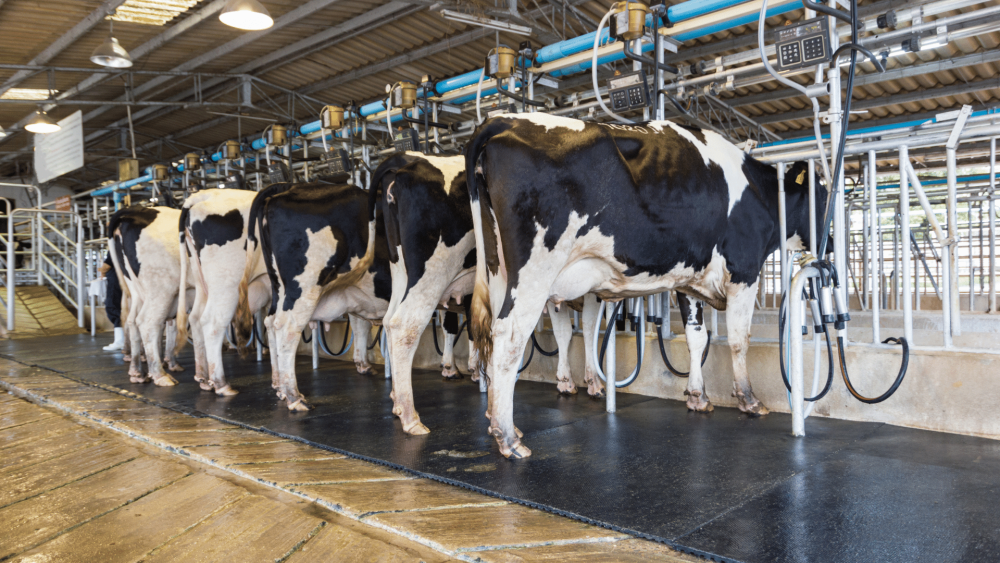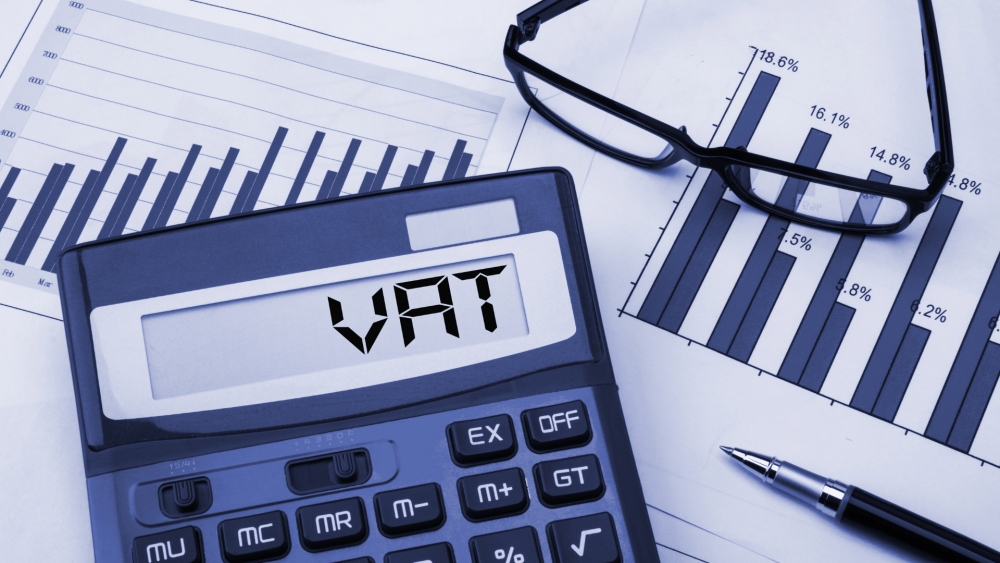Digital Transformation in Milk Industry Opens Market for Investors
28 Sep 2022

The Industry 4.0 era has pushed all industries towards digital transformation. This opens the door for investors to enter the Indonesian dairy market currently dominated by traditional farms with small-scale ownership.
According to data from the Central Statistics Agency (BPS), Indonesia has around 578,579 dairy cows in 2021, with a reported fresh milk production of 962,676 tons. This represents less than a quarter of the total domestic demand for milk, which reached 4.1 million tons in that same year.
This trend of demand outpacing supply underscores Indonesia’s steady growth for dairy products consumption. According to Statista, the country is the world’s fourth largest revenue generator for the global dairy industry at US$10.06 billion as of July 2022, just below the United States, China and India.
The above statistic also points toward the country’s dependence on imported milk, which is brought in the form of skim milk, whole milk, anhydrous milk fat, buttermilk, and whey. Considering the various challenges the domestic industry is still facing in scaling up domestic milk production, Indonesia will remain likely dependent on imports for the foreseeable future.
Challenges and Opportunities for Digital Solutions
Challenges for the domestic dairy industry include the country’s tropical temperature, which tends to result in dairy cows producing less milk compared to dairy cows living in sub-tropical climate. Hygiene also remains an issue as the majority of dairy farms in Indonesia are traditional facilities with equipment deficiencies.
Meanwhile, long transportation distances expose the domestic dairy industry to a higher risk of expiration and spoilage when transporting dairy products outside of the island of Java. East Java, Central Java, and West Java produce 97% of Indonesia's milk. A particularly troublesome challenge is the resurgence of foot and mouth disease (FMD) this year. Initially declared free of FMD in 1986, the disease was detected again in backyard farms in both beef and dairy cattle in April, 2022. According to a report from the Indonesian FMD Task Force, as of July 10, 2022, as many as 320,196 cows in 22 provinces have been infected with the disease. The Association of Indonesian Dairy Cooperatives (GKSI) estimates that the outbreak would reduce milk production by 30-40%.
In light of the above-mentioned challenges, technological advancements are increasingly critical to support the Indonesian dairy industry. In terms of production, the industry would benefit greatly from sophisticated tools and information technology for predicting, preventing, monitoring, diagnosing, and treating cattle health.
In terms of supply chain, sufficient cold storage and a smart logistic system could already have a significant effect on squeezing the structural problems in the distribution channel currently affecting farms and milk processing plants.
Several PPP initiatives have been proven to be effective in supporting technology and knowledge transfer among dairy farmers and cooperatives. Frisian Flag Indonesia’s (FFI) Dairy Development Program (DDP), for instance, has carried out various activities such as the digitalization of Milk Collection Points (MCPs) as well as the implementation of Good Dairy Farming Practice and the establishment of Dairy Village. Launched in 2013, the DDP has benefited at least 20,000 dairy farmers from 15 cooperatives, farmer groups, and mega-farms across the islands of Java and Sumatra. Just like FFI, other dairy companies such as Cimory, Nestlé, and IndoDairy have also been conducting digitalization programs by providing milking machines, IT systems, cooling units, transporting tanks, mastitis tests, and check-up incubators for milk bacteria testing, among other technologies.
Considering the high cost of digitalization, it is important to have government assistance in terms of supporting policies and regulations, as well as facilitating Public and Private Partnerships. In this regard, dairy cattle farming and breeding and fresh milk and cream processing industries are included among the priority investment sectors under Presidential Regulation No. 10/2021 on Investment Sectors. Income tax allowance is also provided to encourage investment in these sectors.
In conclusion, investment from the private sector plays a crucial role in transforming the dairy industry, but such a transformation could only be realized if it is supported by an adequate legal basis from the government. Collaboration between the public and private sector can help support dairy-farming communities to improve their farming practice, income, and livelihoods, and eventually, increase national milk production. This in turn reduces logistic costs for dairy companies and safeguards the supply of dairy products in meeting the country’s ever-increasing demand.






